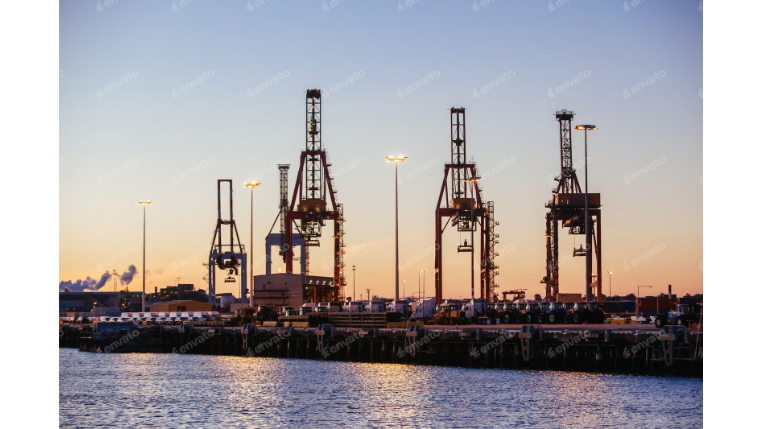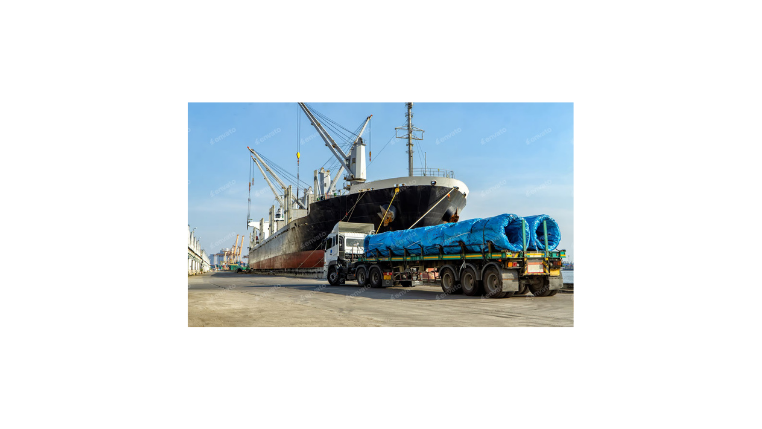The Ultimate Guide to Warehouse Management System (WMS) Software for Small Businesses
For a small business, managing a warehouse with spreadsheets and manual processes can quickly lead to chaos. As your business grows, so do the complexities of inventory tracking, order fulfillment, and operational efficiency. A Warehouse Management System (WMS) is no longer a luxury reserved for large corporations; it's a critical tool for small businesses aiming to scale effectively. This guide explores how the right WMS software can transform your warehouse from a cost center into a competitive advantage by improving accuracy, boosting productivity, and enhancing customer satisfaction.
What is a WMS and Why Do Small Businesses Need It?
A Warehouse Management System (WMS) is a software application designed to optimize and control every aspect of warehouse operations—from the moment inventory arrives until the moment it ships out. Think of it as the central nervous system for your warehouse, directing traffic, keeping records, and ensuring every process runs smoothly.
For many small businesses, the "tipping point" comes when manual methods start to break down. Common signs include:
- Frequent stockouts or overstocking issues.
- Difficulty locating items in the warehouse.
- Rising shipping errors and customer complaints.
- Time-consuming and inaccurate manual inventory counts.
If these challenges sound familiar, a WMS isn't just a potential upgrade; it's a necessary investment for sustainable growth. It automates repetitive tasks, provides actionable data, and lays the foundation for a scalable supply chain.
Core Benefits of Implementing a WMS
Integrating a WMS delivers tangible benefits that directly impact your bottom line and customer loyalty. It moves your operations from reactive problem-solving to proactive optimization.
- Dramatically Improved Inventory Accuracy: A WMS provides a real-time, single source of truth for your inventory. By using barcodes or RFID scanning, it tracks every item's movement, eliminating guesswork and manual data entry errors. This accuracy prevents costly stockouts and reduces capital tied up in excess inventory.
- Enhanced Order Fulfillment Efficiency: The system optimizes the entire order cycle. It directs workers on the most efficient picking paths, validates items during packing to ensure accuracy, and streamlines the shipping process. The result is faster turnaround times and a significant reduction in labor costs per order.
- Reduced Operational Errors: Manual processes are prone to human error. A WMS enforces standardized procedures for receiving, put-away, picking, and packing, dramatically reducing mistakes like sending the wrong item or quantity. This leads to fewer returns, lower operational costs, and happier customers.
- Optimized Space and Labor: By providing clear visibility into inventory locations and movement patterns, a WMS helps you make better use of your warehouse space. It also provides performance metrics that allow you to manage your workforce more effectively, assigning tasks based on real-time demand and worker location.
Key Features to Look For in a WMS for Small Businesses
Not all WMS platforms are created equal. When choosing a solution, small businesses should prioritize features that offer the best balance of functionality, scalability, and ease of use.
- Real-Time Inventory Tracking: The ability to see stock levels, locations, and statuses instantly across the entire warehouse.
- Barcode/RFID Scanning: Essential for fast, accurate data capture and eliminating manual entry.
- Order Management & Picking Optimization: Features that manage the entire order lifecycle and guide staff through optimized picking routes (e.g., wave picking, batch picking).
- Receiving and Put-Away: Streamlined processes for checking in new inventory and directing it to the optimal storage location.
- Reporting and Analytics: Dashboards and reports that provide insights into inventory turnover, order accuracy rates, labor productivity, and other key performance indicators (KPIs).
- Integration Capabilities: The ability to seamlessly connect with your existing e-commerce platform, accounting software, and shipping carriers is non-negotiable.
Best Practices for a Smooth WMS Implementation
Implementing new software can be daunting, but a strategic approach ensures a successful transition with minimal disruption.
- Step 1: Assess and Document Your Processes: Before you shop for a WMS, map out your current warehouse workflows. Identify your biggest pain points and define what you need the software to achieve.
- Step 2: Choose the Right Partner, Not Just the Right Software: Select a vendor that understands the needs of small businesses. Look for excellent customer support, clear training programs, and a scalable solution that can grow with you.
- Step 3: Prioritize Data Cleansing: Your WMS is only as good as the data you put into it. Before going live, ensure your existing product information (SKUs, dimensions, descriptions) is clean, accurate, and standardized.
- Step 4: Train Your Team Thoroughly: User adoption is the single most important factor for success. Involve your warehouse staff early in the process and provide comprehensive training. Highlight how the system will make their jobs easier, not more complicated.
- Step 5: Plan a Phased Rollout: Instead of switching everything at once, consider a phased implementation. Start with one key process, like receiving, and gradually roll out other functionalities. This minimizes risk and allows your team to adapt more comfortably.
Conclusion
In conclusion, warehouse management system software is a transformative tool for small businesses ready to move beyond manual limitations. By automating processes, providing real-time visibility, and delivering actionable data, a WMS empowers you to reduce costs, minimize errors, and build a highly efficient fulfillment operation that can compete with larger players. To achieve true end-to-end supply chain excellence, integrating your warehouse data with other functions is key. Powerful logistics software platforms like Modaltrans help bridge this gap by connecting warehouse operations with transportation management, ensuring seamless data flow from storage to final delivery.










